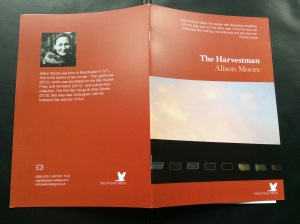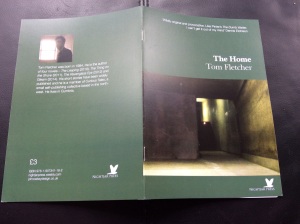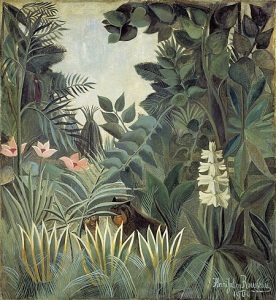TOUCH ME WITH YOUR COLD, HARD FINGERS a short story by Elizabeth Stott (2013)
Copy 120 of a signed limited edition of 200 copies
Purchased this week from NIGHTJAR PRESS
Copy 120 of a signed limited edition of 200 copies
Purchased this week from NIGHTJAR PRESS

M a short story by Hilary Scudder (2013)
Copy 72 of a signed limited edition of 200 copies

THE HARVESTMAN a short story by Alison Moore (2015)
Copy 73 of a signed limited edition of 200 copies
 “His grandmother always believed that travelling south was easier than travelling north because south was ‘downhill’ on the map, as if anyone trying to go north without concentrating risked rolling all the way back down;”
“His grandmother always believed that travelling south was easier than travelling north because south was ‘downhill’ on the map, as if anyone trying to go north without concentrating risked rolling all the way back down;”This atmospheric story is a subtly brutalised seaside scenario, with poignant battles against what fortune brings a young man named Eliot who is renting a downbeat flat from a woman’s boyfriend, a woman who seems to like Eliot…
Well characterised, this story also has various premonitions of leitmotif that, when you finish, you realise in hindsight what a perfect story it actually is. Indeed, it was a pretty good story already in real-time even before the hindsight kicked in.
A creature in a nightjar with long thin legs.
My previous brief review of another work by this author HERE.

SULLOM HILL a short story by Christopher Kenworthy (2011)

PUCK a short story by David Rose (2012)
Copy 182 of a signed limited edition of 200 copies







A story that starts almost like chicklit with a woman getting her feet under the table for a future with Tony. Friday was his night for stag dos, Saturday THEIR night. Her looking forward to this particular Saturday night, for which she brings to his place takeaway pizzas … she is halted by a tangible ellipsis, a sudden double-take, and is in for a very creepy ride trying to relieve herself of an onset of horror, not a hard cold pizza, but something hard and cold while cloying as if it is still warm. Jealousy made as if into a fabricated self-rehearsal that can’t be clawed off.
I was very interested by my first experience of the quality format of this discretely presented short story, giving a ten page work some bigged-up power over you, without impulse towards a gestalt with other such fictions alongside it. I can’t yet explain this effect, in contradistinction to the more normal effect of a mutually cosy anthology accompaniment in a big realbook or as an effete ebook. Maybe I will have more thoughts after reading six other fictions waiting – within this Nightjar-container format – in my eventual reviewing pipeline on this site.